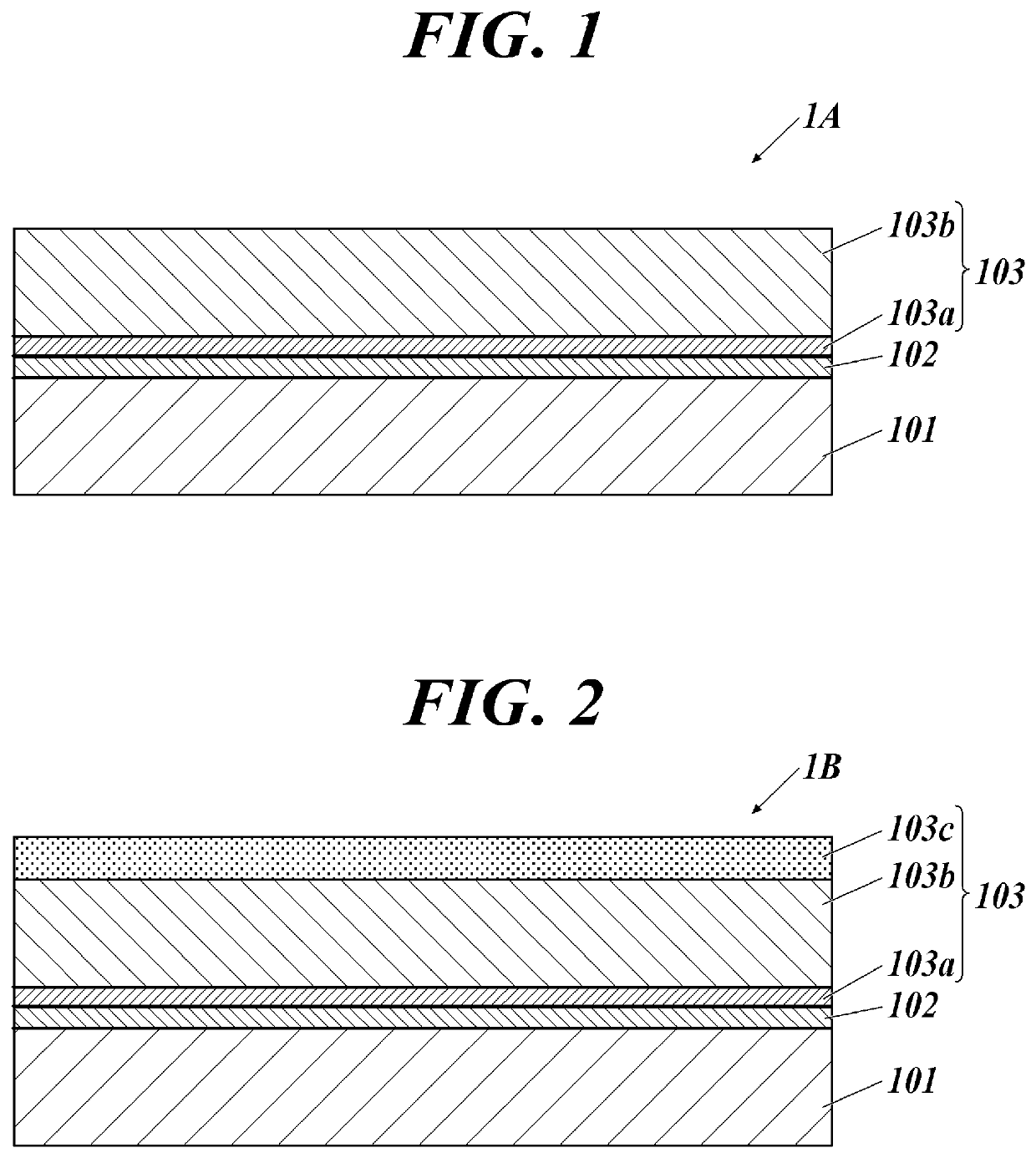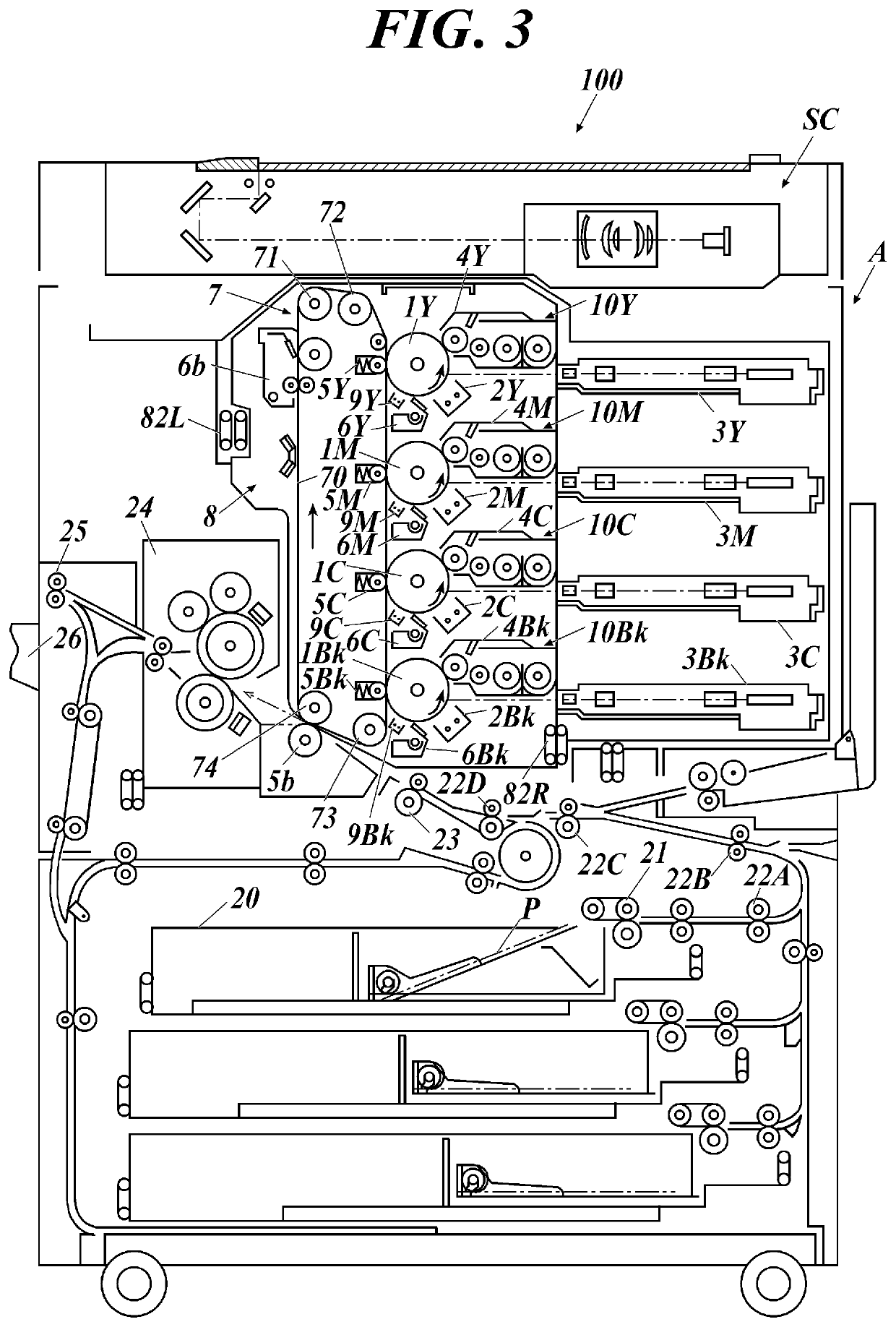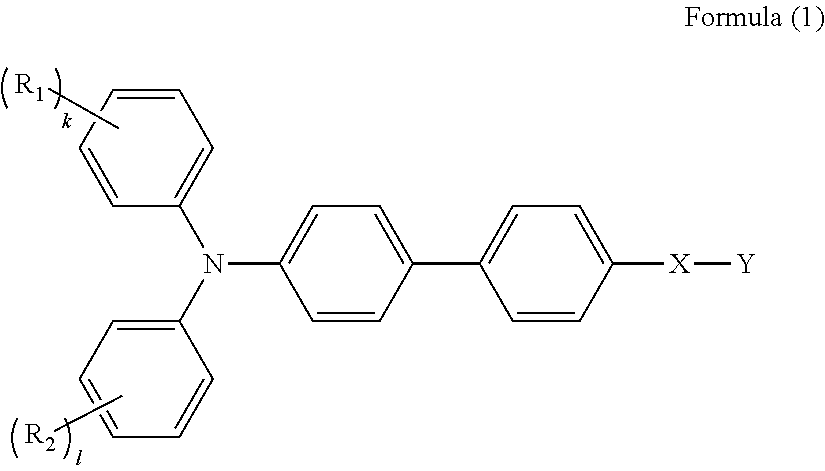Image forming method and image forming system
a technology of image forming and forming method, which is applied in the field of image forming method and image forming system, can solve the problems of increasing the amount of scratches and wear on the photoreceptor, increasing the cost of photoreceptors, so as to achieve both cleaning performance and memory performance, and stable supply of high-quality images. , the effect of high durability
- Summary
- Abstract
- Description
- Claims
- Application Information
AI Technical Summary
Benefits of technology
Problems solved by technology
Method used
Image
Examples
example 1
[0398]Using the photoreceptor (1) and the two-component developer (1) prepared above, image formation was performed. As the image forming apparatus, similarly to the image forming apparatus shown in FIG. 3, a tandem-type color image forming apparatus “bizhub C554” (manufactured by Konica Minolta Business Technologies, Inc.) having four sets of image forming units corresponding to toners of four colors of Y, M, C, and Bk was used, and an image forming apparatus (1) in which all four photoreceptors of the image forming apparatus were replaced with photoreceptors (1). The two-component developer (1) was introduced into the developing device of the image forming unit corresponding to the four colors of the image forming apparatus (1).
[0399]Using the image forming apparatus (1) into which the above-mentioned two-component developer (1) was introduced, image formation was conducted for performing the following evaluations (1) to (3), and the cleaning performance, memory performance, and w...
examples 2 to 13
[0416]In Example 1, image formation was performed in the same manner as in Example 1, except that the photoreceptor and the two-component developer were changed as shown in Table IV, and evaluations of cleaning performance, memory performance, and wear resistance of Examples 2 to 13 were performed. The evaluation results are indicated in the table IV. In Table IV, the number of the two-component developer is not listed, but the number of the two-component developer is the same as the number of the toner.
TABLE IVPhotoreceptorTwo-component developerExternal addition amountChargeTitanic acid compound(mass %)Pho-transportSurfaceparticlesWeartore-layerprotective layerExternalresistancecep-ChargeChargeMetalParticleadditionCleaningMemoryEval-tortransporttransportoxideTonerdiameteramountperfor-perfor-αval-ua-No.materialmaterialparticlesNo.No(nm)(mass %)mancemanceuetionRemarksExample 11CTM-1CTM-1Alumina1s1300.5AAAA0.05AAPresent InventionExample 22CTM-30Alumina1s1300.5AAAA0.07AAPresent Invent...
PUM
| Property | Measurement | Unit |
|---|---|---|
| number average primary particle diameter | aaaaa | aaaaa |
| number average primary particle diameter | aaaaa | aaaaa |
| number average primary particle diameter | aaaaa | aaaaa |
Abstract
Description
Claims
Application Information
 Login to View More
Login to View More - R&D
- Intellectual Property
- Life Sciences
- Materials
- Tech Scout
- Unparalleled Data Quality
- Higher Quality Content
- 60% Fewer Hallucinations
Browse by: Latest US Patents, China's latest patents, Technical Efficacy Thesaurus, Application Domain, Technology Topic, Popular Technical Reports.
© 2025 PatSnap. All rights reserved.Legal|Privacy policy|Modern Slavery Act Transparency Statement|Sitemap|About US| Contact US: help@patsnap.com



